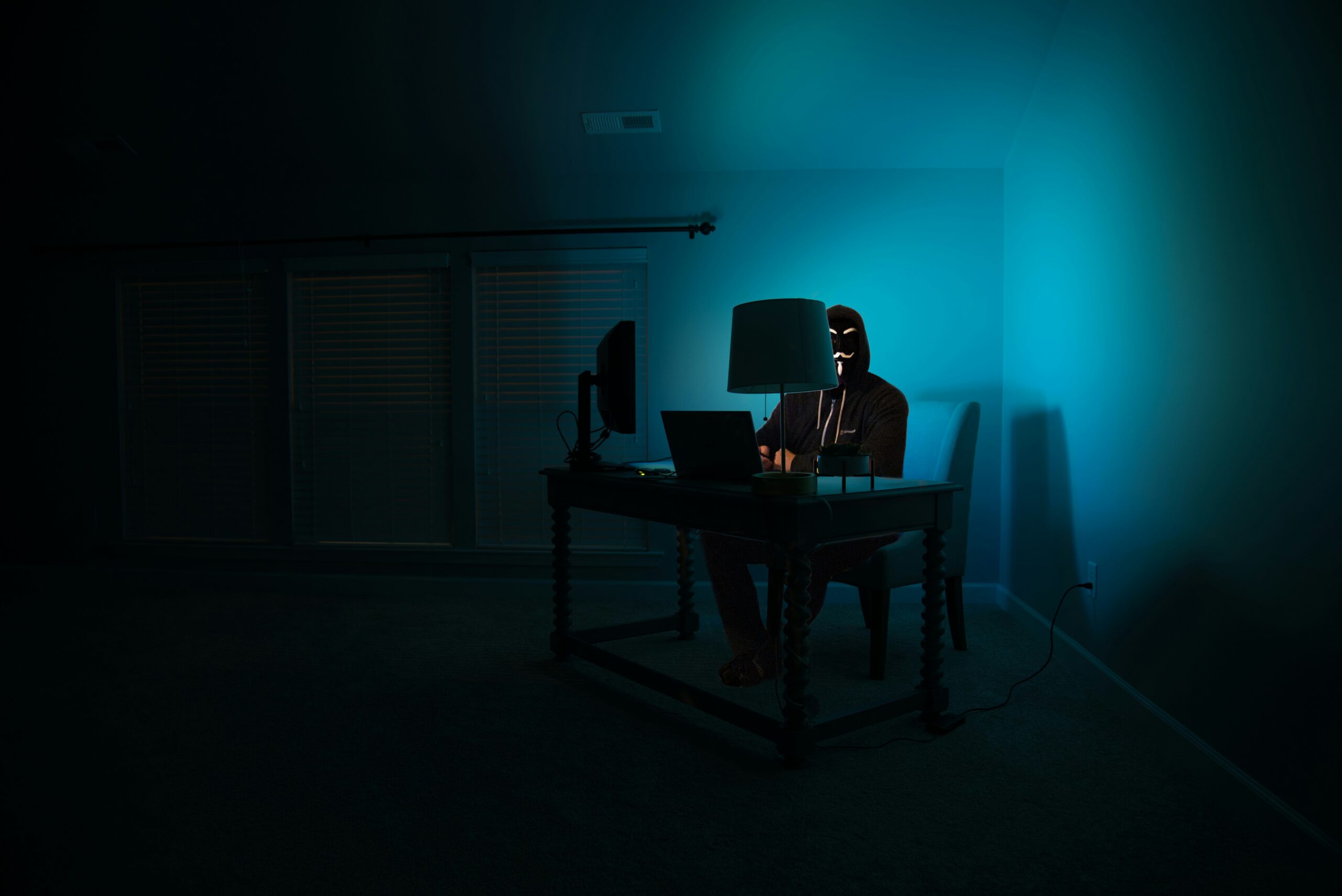The very popular video game, “Madden NFL” by Electronic Arts Inc. (“EA”) has been around for quite some time since its release in 1988.[1] One would think that for the most part, all the legal “kinks” would have been addressed and resolved by now involving all the aspects of the game. However, that is far from accurate. With the ever changing and increasingly more advanced graphics involved, issues have come up in recent years and continue today.
In 2010, Michael Davis and other former players filed suit against EA alleging that their rights of publicity were violated by including famous teams from the past in Madden games from 2001 to 2009.[2] Furthermore, EA did not obtain permission to use their names and likenesses as it did with current NFL players.[3] The players did not allege that their names appear in the games but rather that EA used real-life physical attributes, positions, relative skill, and other identifying factors that could be linked back to them.[4] This case continues to go back and forth in the courts.
In 2015, EA asked the U.S. Supreme Court to review whether it has a First Amendment right to use the likenesses of retired players, but the high court declined to hear the case, leaving in place a 2014 Ninth Circuit ruling that said EA did not.[5]
In February 2017, EA filed a motion for partial summary judgment on the players’ first cause of action, which is for a violation of California Civil Code Section 3344, the “unauthorized commercial use of name, voice, signature, photograph or likeness.”[6] EA argued that its visual representations of the former players are generic, and the statute the plaintiffs sued under only protects a person’s name, signature, voice, likeness, or photo.[7] EA continued saying that the courts have defined likeness under the statute as being the “visual image” of a plaintiff, and since the depictions of retired players in Madden games are not based on anyone’s actual appearance, the claim should fail.[8]
In support of its motion, EA referenced a Ninth Circuit case from 1992, White v. Samsung, where the court held that although Samsung used a robot in one of its commercials bearing a resemblance to Vanna White (the hostess of Wheel of Fortune), the defendant’s use of the robot did not meet the California Civil Code’s definition of “likeness,” as it still bore generic characteristics of a robot. Therefore, EA argued that just like the generic robot in White, “[t]he undisputed evidence shows that the avatars on historic teams . . . are generic and cannot be readily identified as plaintiffs (not even by plaintiffs themselves).”[9]
On March 9, 2017, in opposition, the players responded saying that it is obvious that the video game company relies on their likenesses for its Madden NFL game’s historic teams.[10] The players’ heights, weights, and playing attributes are reflected in the game, and the players are easily identifiable. The use of the historic players is actually a selling point for the game, the former players argued, as EA prides itself on presenting players as realistically as possible. [11] To quote from the opposition motion, the players argued, “It is self-evident that there can be no ‘historic’ or ‘all-time’ NFL teams without the actual players from those teams.” Consequently, “by naming the relevant features in Madden NFL ‘historic’ and ‘all time’ teams, there can be no dispute that EA sought to communicate to consumers that Madden NFL simulates actual historic players from those actual teams.”[12]
If EA’s motion to dismiss is granted, retired NFL players’ likenesses will go unprotected so long as the images being used are “generic,” and do not explicitly identify the players by name or use their real pictures.[13] However, if the motion is denied, video game creators will be exposed to liability every time they use generic sports avatars in their video games, and thus may be deterred from making games based off of real-life sports teams.[14]
This is ongoing and has been the topic of many other sports video game debates and the like. It would seem that the more advanced the graphics are becoming, the harder it will be to use the “generic” argument.
Moshe Fogel is a second-year student at Benjamin N. Cardozo School of Law and a Staff Editor of the Cardozo Arts & Entertainment Law Journal.
[1] See Madden NFL Covers Through the Years, http://www.si.com/nfl/photos/2013/08/27/john-madden-football-video-game-covers# (last visited March 16, 2017).
[2] Fola Akinnibi, Ex-NFL Players Fire Back at EA in Madden Likeness Dispute, Law360 (Mar. 9, 2017, 5:02 P.M.) https://www.law360.com/sports/articles/900166/ex-nfl-players-fire-back-at-ea-in-madden-likeness-dispute.
[3] Id.
[4] Id.
[5] See Akinnibi, supra, note 2.
[6] Cal. Civ. Code § 3344; Matthew Perlman, EA Wants Quick Win On Claim in Madden Publicity Duel, Law360 (Feb. 16, 2017, 8:20 PM), https://www.law360.com/sports/articles/893067/ea-wants-quick-win-on-claim-in-madden-publicity-duel?nl_pk=47fc1e17-8b7e-4d9c-8a5e-54672e5b82f8&utm_source=newsletter&utm_medium=email&utm_campaign=sports (last visited March 20, 2017).
[7] Joseph M. Hanna, Are EA’s Visual Representations In Madden Generic Enough To Avoid Liability In Publicity Claim?, Sports and Entertainment Law Insider, https://sportslawinsider.com/are-eas-visual-representations-in-madden-generic-enough-to-avoid-liability-in-publicity-claim/ (Feb. 28, 2017).
[8] See Perlman, supra, note 6.
[9] Id.
[10] Brief for Plaintiff at 22, Davis v. Electronic Arts Inc., (775 F.3d 1172)(No. 10-CV-3328-RS).
[11] Id.
[12] Id. at 13.
[13] See Hanna, supra, note 2.
[14] Id.



